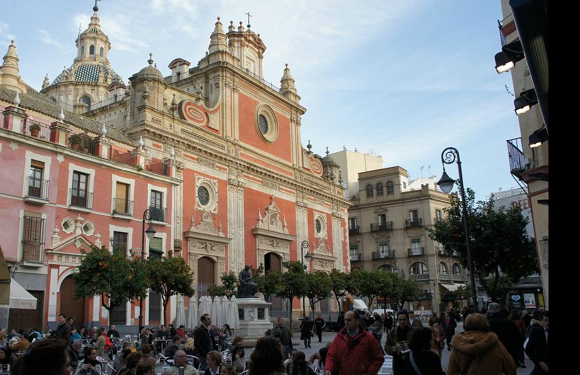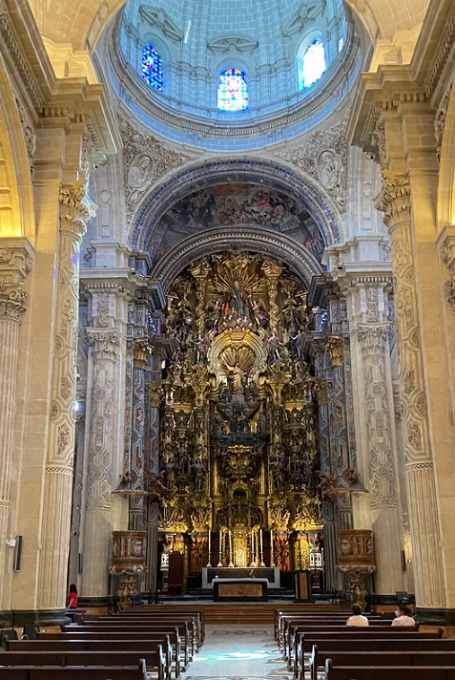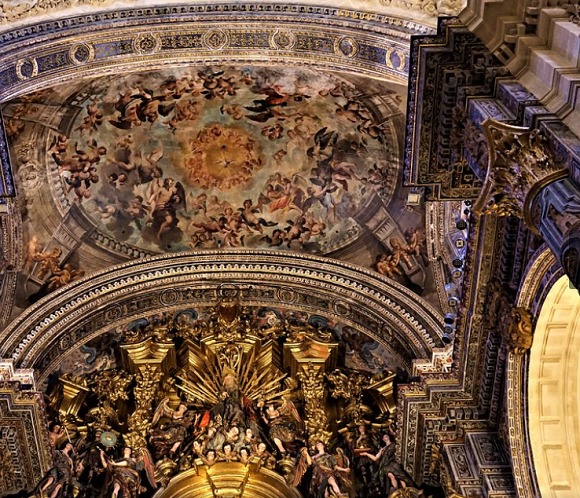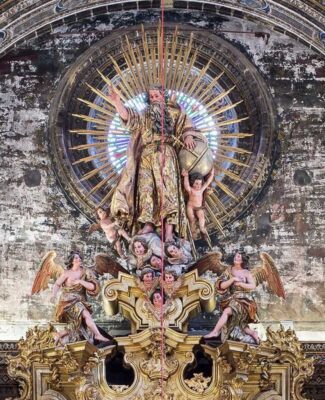Iglesia Colegial del Salvador
The Iglesia Colegial del Salvador is the most exquisite example of Andalusian Baroque in the city of Seville. A magnificent specimen of this brilliant architectural distinctiveness found in Seville, Cadiz, Cordoba and Granada. The reaction to Renaissance sobriety came in the form of the curves, colours, sense of motion and dramatic Baroque architecture.
Although early Spanish Baroque tended to be austere, the movement became popular in the later 17th century. It reached a peak of elaboration in the 18th century. Andalucia was one of the places where Baroque blossomed. Although Baroque was based on classical architecture, there was more ornamentation, particularly on facades and portals, with ornate stucco sculpture and lots of gilt paint.


In Roman times, the urban space that the Collegiate Church occupies today had to be a Roman basilica that was part of the city’s forum. The Roman temple was reused by the Visigoths until it was converted into the Mosque of Ibn Adabbas (Years 829 – 830) to serve as the Almohad Great Mosque.
When the Christians arrived in Seville in 1248, they transformed the mosques into Christian temples by a very simple action: they changed the orientation of the temple (the mosques had a North-South orientation while the Christian churches are oriented East-West).



An example of Andalusian Baroque and the second largest temple in Seville after the Cathedral. The Patio de Abluciones and the base of its tower are conserved from the 9th century , the rest of the structure are the work of Leonardo de Figueroa from the late 17th century.
Inside the temple, the main altarpiece stands out, one of the most monumental and representative works of the Sevillian Baroque, and the colossal altarpiece on the front of the sacramental chapel, dedicated to the Transfiguration, are both the work of Cayetano de Acosta (1770-1779). More



